- Home
- Articles
- Architectural Portfolio
- Architectral Presentation
- Inspirational Stories
- Architecture News
- Visualization
- BIM Industry
- Facade Design
- Parametric Design
- Career
- Landscape Architecture
- Construction
- Artificial Intelligence
- Sketching
- Design Softwares
- Diagrams
- Writing
- Architectural Tips
- Sustainability
- Courses
- Concept
- Technology
- History & Heritage
- Future of Architecture
- Guides & How-To
- Art & Culture
- Projects
- Interior Design
- Competitions
- Jobs
- Store
- Tools
- More
- Home
- Articles
- Architectural Portfolio
- Architectral Presentation
- Inspirational Stories
- Architecture News
- Visualization
- BIM Industry
- Facade Design
- Parametric Design
- Career
- Landscape Architecture
- Construction
- Artificial Intelligence
- Sketching
- Design Softwares
- Diagrams
- Writing
- Architectural Tips
- Sustainability
- Courses
- Concept
- Technology
- History & Heritage
- Future of Architecture
- Guides & How-To
- Art & Culture
- Projects
- Interior Design
- Competitions
- Jobs
- Store
- Tools
- More
Green Architecture for A Sustainable Future
Discover how green architecture offers a sustainable solution for our future by combining energy efficiency, renewable materials, and cutting-edge technologies. Explore its ecological, economic, and social benefits, along with inspiring global examples, as it transforms urban living into healthier, eco-friendly, and innovative spaces for generations to come.
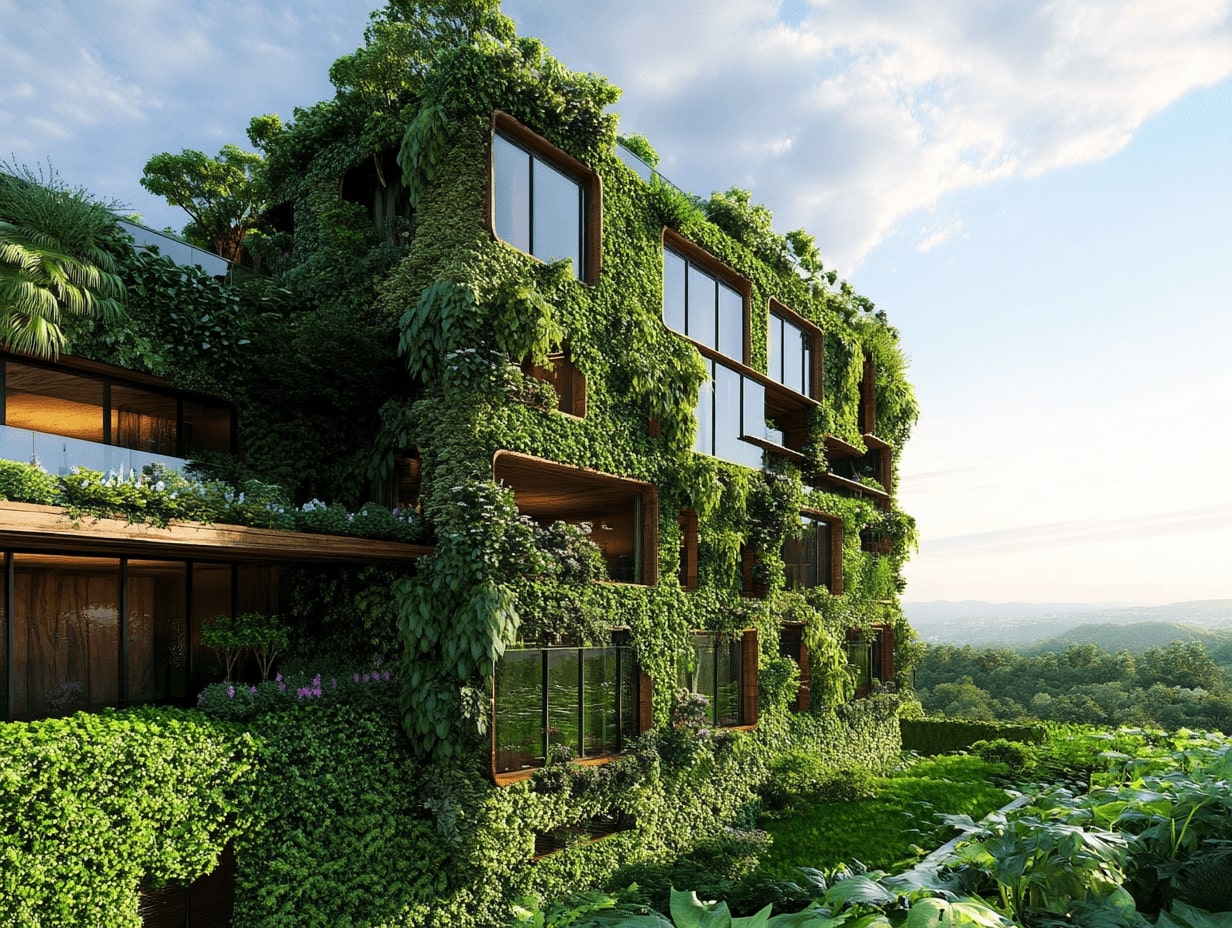
As the world grapples with climate change and dwindling resources, it’s clear that our approach to building and living needs a serious rethink. Green architecture offers a promising path forward, blending innovative design with environmental responsibility. By prioritizing energy efficiency, renewable materials, and harmony with nature, this approach redefines how we shape our spaces.
We’re not just talking about reducing carbon footprints; green architecture is about creating healthier, more sustainable environments for future generations. From solar panels to green roofs, it’s a movement that challenges us to think beyond traditional construction and embrace solutions that benefit both people and the planet.
Table of Contents
ToggleTop Advantages of Green Architecture
Green architecture offers significant benefits across multiple dimensions, making it a critical solution for a sustainable future. Here, we outline the top advantages that this approach brings to our ecological, economic, and social systems.

Ecological Benefits
Buildings contribute nearly 40% of carbon emissions in the US, heavily relying on finite natural resources like wood, metal, and water. This traditional construction exacerbates environmental degradation.
We design green buildings to consume less energy, use renewable materials, and minimize waste. Some structures go further, achieving net-positive status by generating renewable energy and replenishing water resources. LEED-certified buildings, for example, emit 50% fewer greenhouse gases compared to conventional counterparts.
Cost-Effectiveness
Green architecture reduces operational and maintenance expenses considerably. A well-executed green building design can lower maintenance costs by 20% and cut annual operating expenses by 10%.
These savings arise from efficient energy use, durable materials, and reduced waste. Green retrofits also make fiscal sense, offering long-term economic advantages that outweigh upfront investments.

Enhanced Property Value
Sustainable buildings command a higher resale value and deliver greater financial returns. Green properties are valued 16% higher than standard counterparts and attract increased demand in the real estate market.
High occupancy rates and strong rental income further enhance profitability, offsetting any additional costs associated with eco-friendly features. This makes green architecture an attractive investment for property developers and owners.
Improved Occupant Health
Sustainable designs improve indoor quality, benefiting the health of residents. Cleaner air and water systems in green homes lead to fewer respiratory issues and overall enhanced well-being.
In office spaces, employees thrive in environments with optimized air circulation and natural lighting. Better health and increased focus drive productivity, creating a win-win scenario for businesses and workers alike.
Visual Appeal
Green buildings combine functionality with striking aesthetics, often incorporating lush greenery. Features like vertical gardens and vine-covered facades create visually appealing structures that inject life into urban landscape.
Research demonstrates the restorative power of green spaces. Hospitals with plant-rich environments improve recovery times by 15%, while secondary infection rates drop by 11%. Adding greenery doesn’t just boost visual appeal—it provides tangible health benefits.

Mitigating Environmental Impact with Technology
Integrating advanced technologies into green architecture reduces environmental footprints by promoting efficient energy use and sustainable construction practices. Smart systems contribute by tracking and optimizing energy consumption in real-time. For example, sensors monitor heating, cooling, and lighting to maintain comfort while minimizing waste.
Renewable energy solutions enable buildings to generate clean power onsite. Photovoltaic panels, wind turbines, and geothermal systems are common choices for supplying renewable energy and lowering dependency on external grids. Battery storage systems further enhance efficiency by preserving surplus energy for later use.
Water conservation technologies address resource scarcity. Rainwater harvesting systems collect and store water for reuse, while gray water recycling systems process wastewater for irrigation or other non-potable purposes. Smart irrigation systems reduce overuse by delivering precise water amounts based on environmental conditions.
Sustainable construction materials lower carbon emissions during building processes. Advanced manufacturing techniques create materials like carbon-neutral concrete, recycled steel, and engineered timber. These materials meet durability standards while reducing reliance on traditional, resource-intensive options.
Digital modeling tools streamline sustainable design. Building Information Modeling (BIM) software evaluates energy performance, material efficiency, and environmental impacts during the planning stage, ensuring eco-friendly decisions from the outset. 3D printing technologies also decrease waste by producing building components with precision and minimal surplus.
Adopting these technologies into green architecture integrates innovation with environmental responsibility, driving progress toward a sustainable future.

Examples of Green Architecture
Bosco Verticale, Milan
Bosco Verticale integrates vertical gardens directly into its architecture. The two residential towers, housing 900 trees and over 20,000 plants, absorb CO2 and produce oxygen. This innovative design enhances biodiversity in urban settings while improving air quality.
The Edge, Amsterdam
The Edge features smart energy systems and a roof covered with solar panels. It’s considered one of the most sustainable office buildings, with an energy efficiency rating of 98.36%. Rainwater collection systems and LED lighting further minimize its environmental impact.
Masdar City, Abu Dhabi
Masdar City employs passive cooling techniques, shaded walkways, and renewable energy systems. The city aims for near-zero waste, relying heavily on solar energy and advanced building designs to reduce resource consumption.
Bullitt Center, Seattle
The Bullitt Center operates as a net-positive energy building. Solar panels generate excess power, while composting toilets and rainwater harvesting systems address water use. It serves as a model for self-sufficient, urban sustainable architecture.
Eden Project, UK
The Eden Project’s geodesic domes use lightweight structures to support plant life inside diverse biomes. Energy-efficient heating systems and sustainable building materials showcase its commitment to green construction principles.
Singapore’s Gardens by the Bay
Gardens by the Bay combines architecture with greenery, featuring “Supertrees” that generate solar power and collect rainwater. The Cloud Forest dome utilizes sustainable cooling systems, reducing energy demand drastically.
One Central Park, Sydney
One Central Park incorporates vertical gardens and mirrors to maximize natural light. A central energy plant generates power for nearby residences, while its water recycling system reduces usage by 50%, exemplifying sustainable urban living.
Green architecture projects like these illustrate how innovative designs meet ecological goals, creating functional and environmentally responsible spaces.
- carbon-neutral buildings
- eco-architecture services
- eco-friendly building design
- Energy Efficient Architecture
- environmentally friendly architecture
- Green Architecture
- green building consultancy
- green building design
- green homes design
- innovative green architecture
- LEED certified architects
- renewable energy in architecture
- sustainable architecture
- sustainable building solutions
- sustainable construction practices
- sustainable design technologies
- sustainable urban design
Submit your architectural projects
Follow these steps for submission your project. Submission FormLatest Posts
Eco-Friendly Floor Coverings: Smart Choices for a Greener Home
Eco-friendly floor coverings made simple: discover sustainable materials, trusted certifications, and room-by-room...
What are Biodomes?
Biodomes are transforming architecture by blending ecological science with advanced design to...
The Quiet Revolution of Biophilic Design
Biophilic design is reshaping homes, workplaces, and cities—backed by evidence. Learn core...
Sustainable Solutions in Contemporary Architecture: From Passive Design to Clean Energy
Sustainable solutions in contemporary architecture: a practical playbook to hit net-zero, cut...


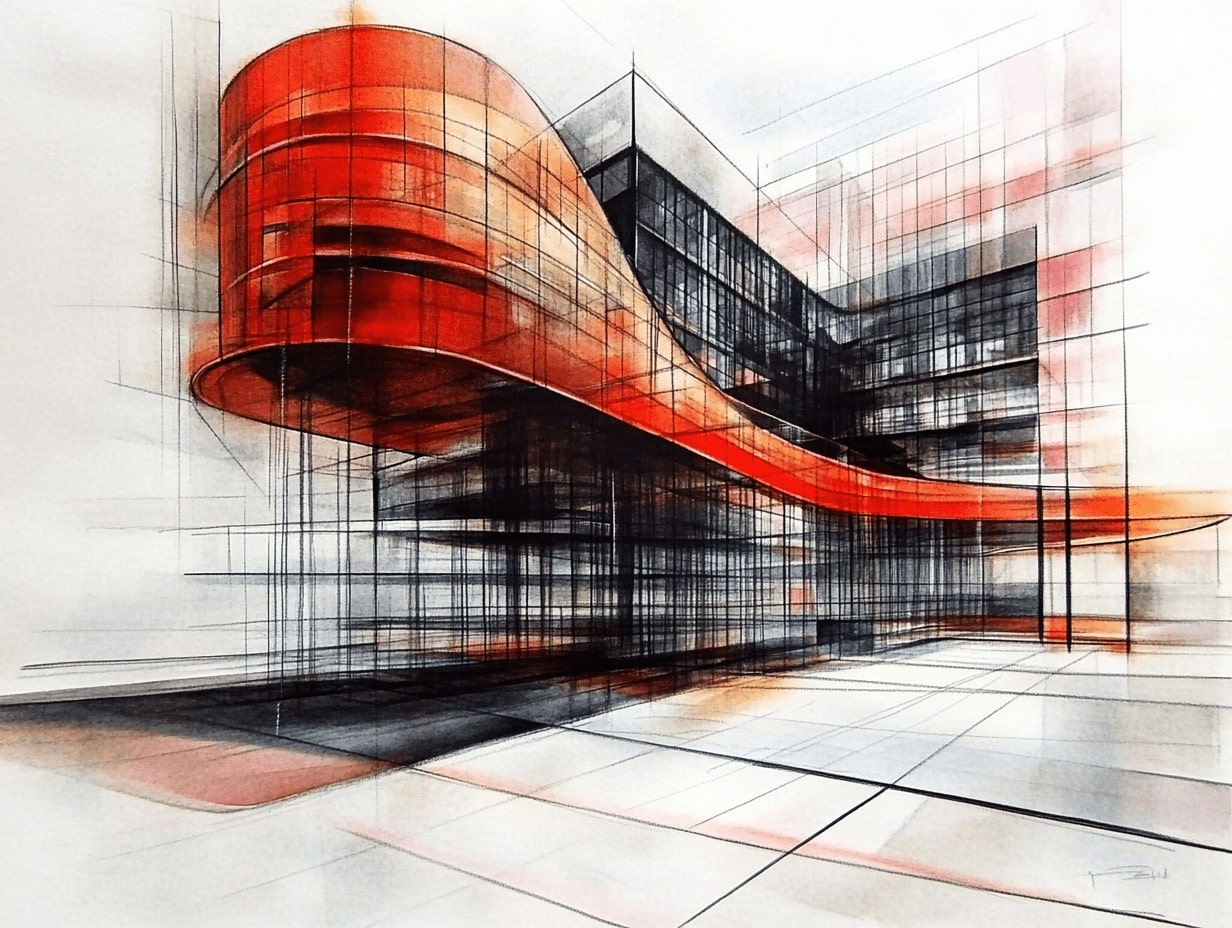

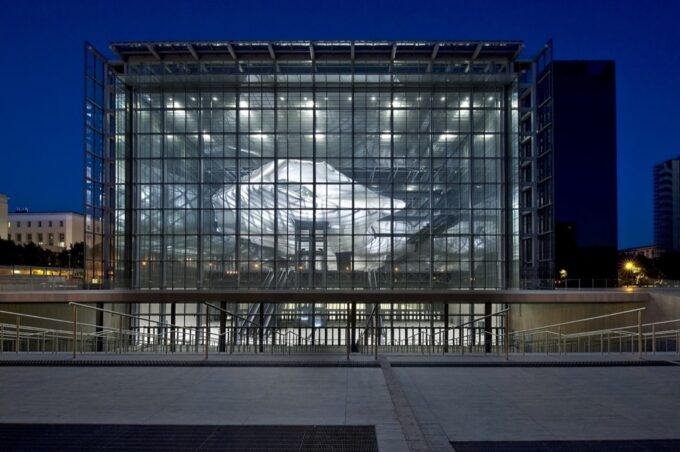


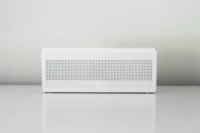
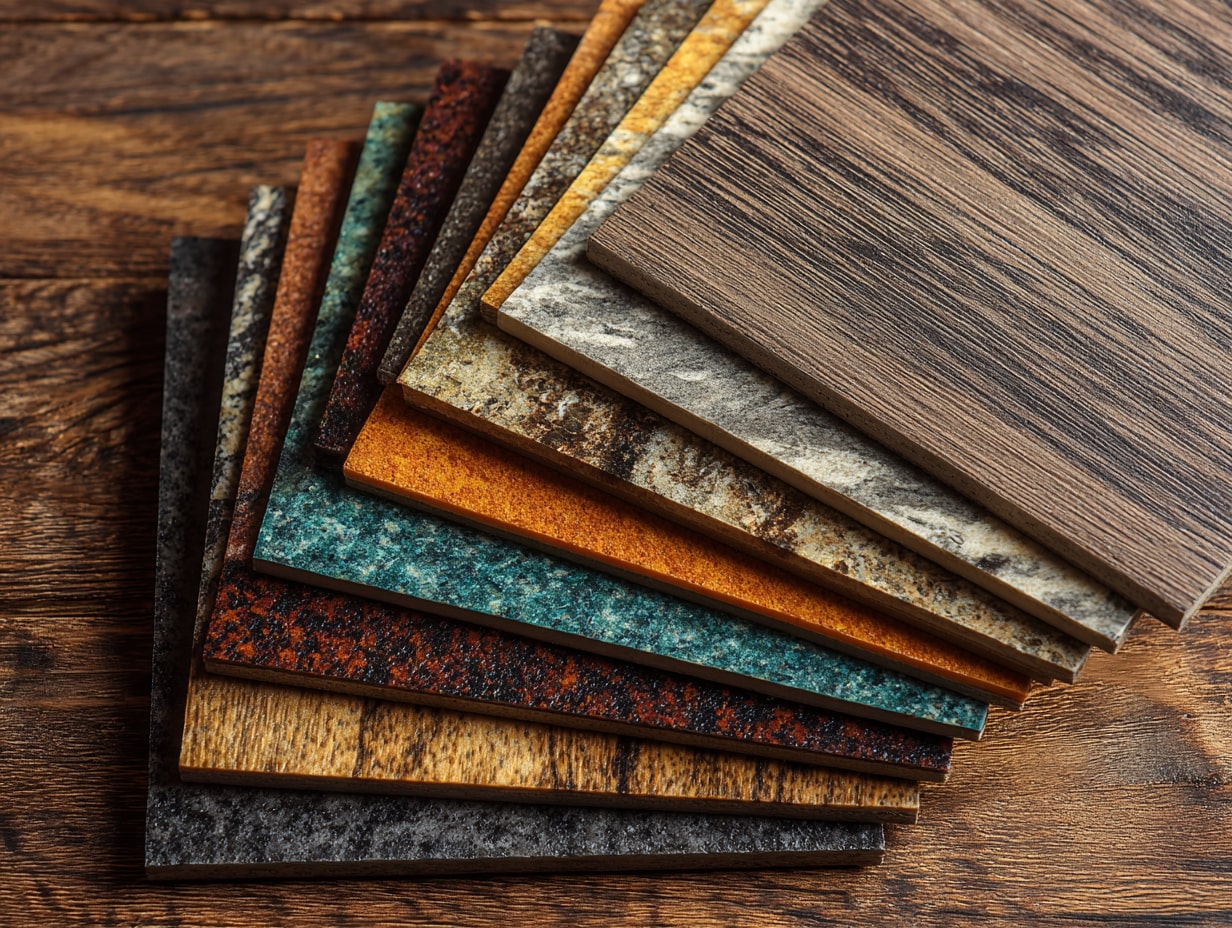
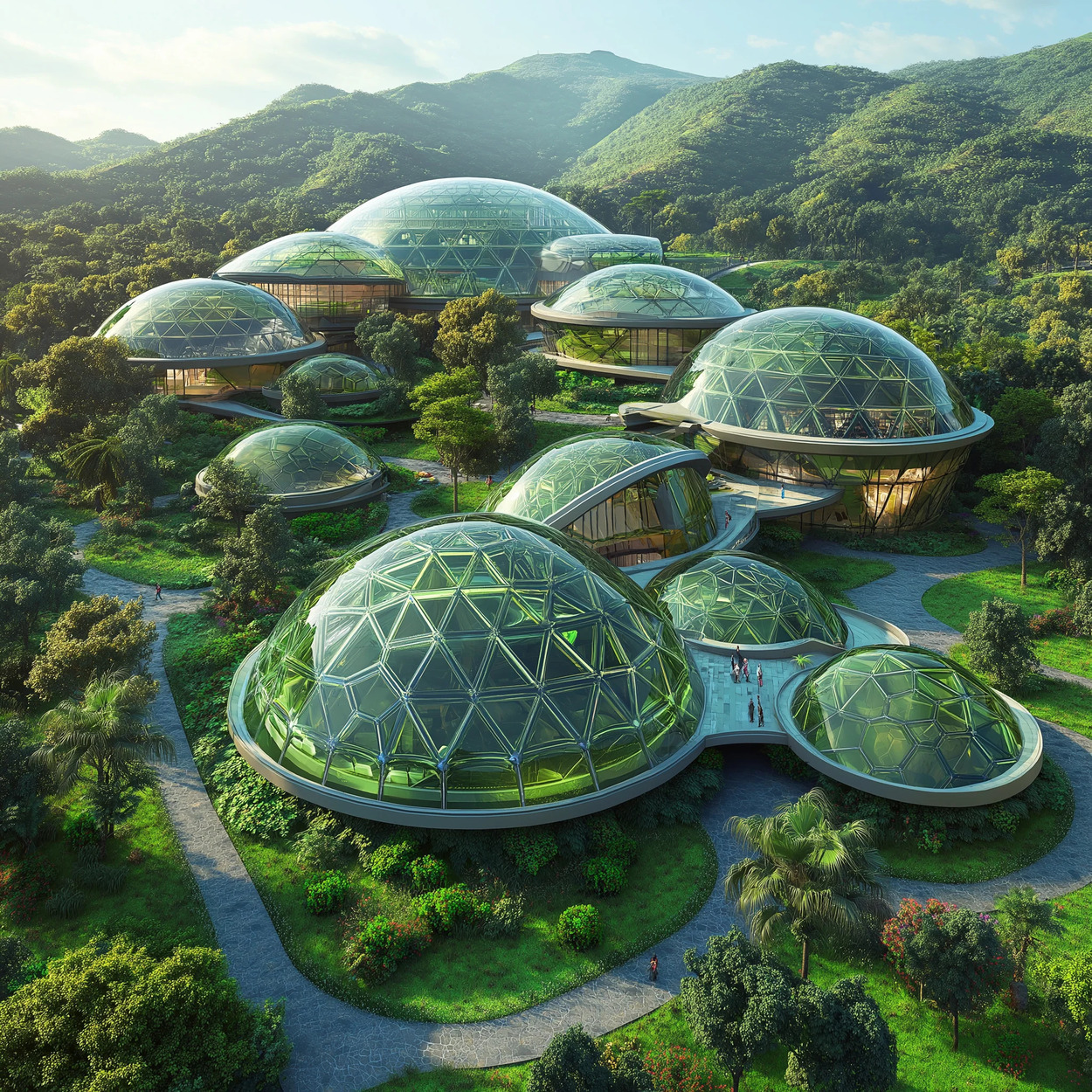
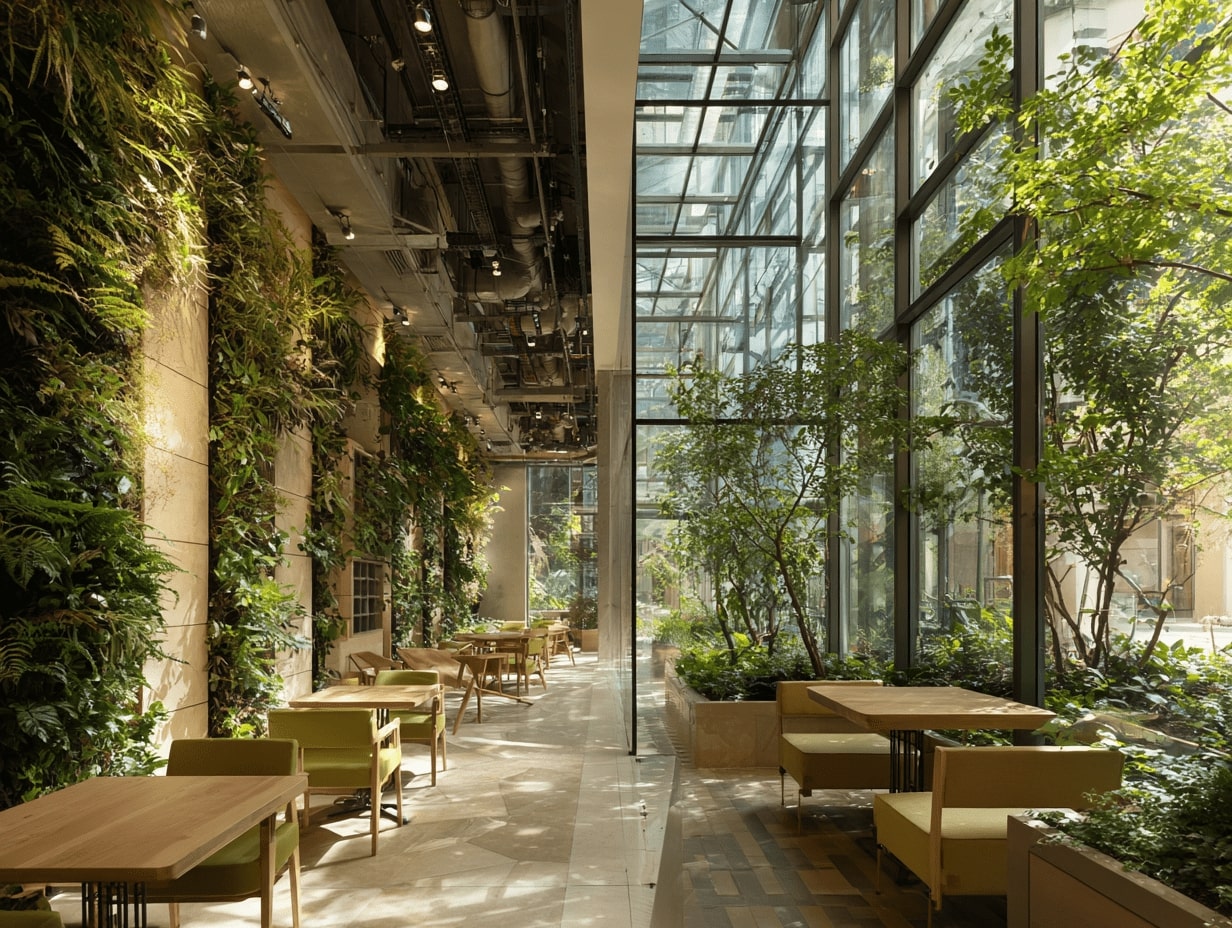
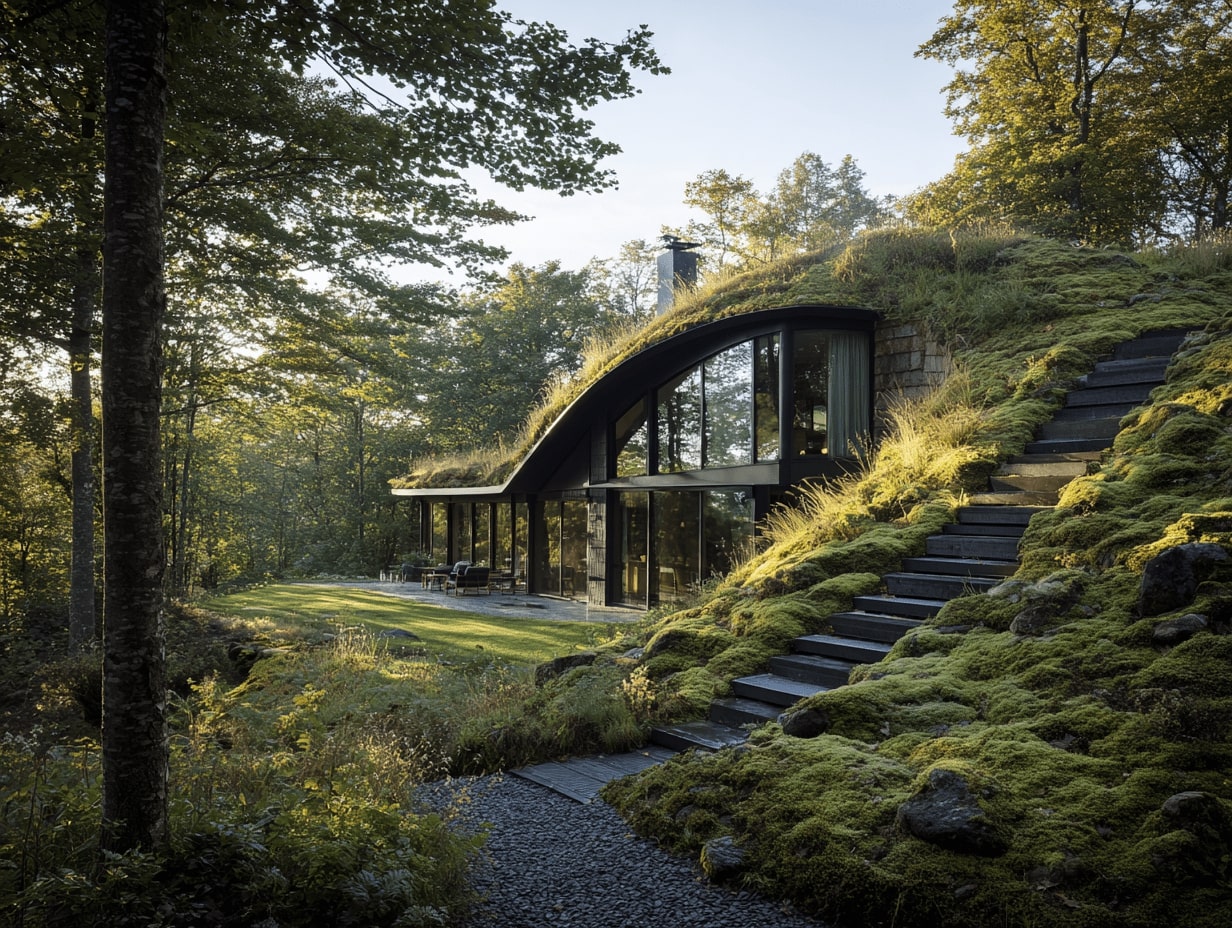
Leave a comment